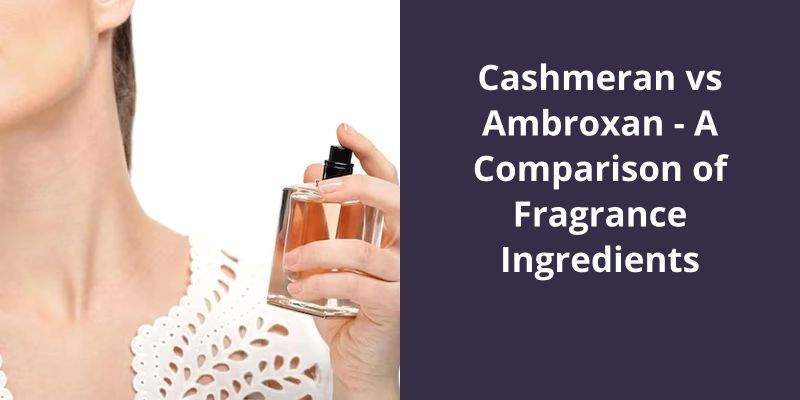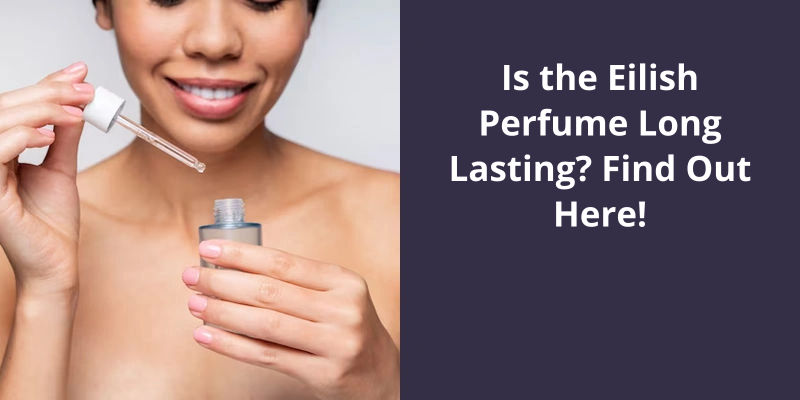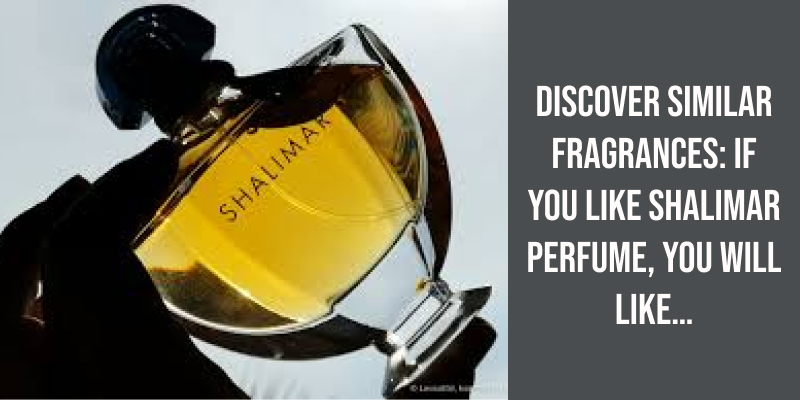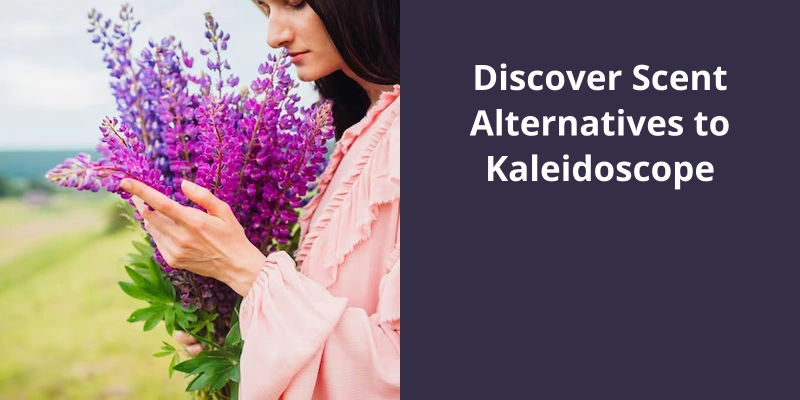Cashmeran and Ambroxan are popular fragrance ingredients used in perfumery. Cashmeran, often described as having a warm, woodsy scent, is also known for its musk and amber characteristics. It’s typically used in fragrances to introduce depth and richness. Ambroxan, on the other hand, is derived from ambergris and features a sweet, marine-like scent. It is used to enhance the longevity and diffusion of perfumes. Despite their differences, both Cashmeran and Ambroxan contribute to the overall complexity and lasting power of fragrances, bridging gaps between other ingredients to create a cohesive scent experience.

What Is the Difference Between Cashmeran and Cashmeran Velvet?
When it comes to fragrance ingredients, there are always new and intriguing options to explore. Two such ingredients that have gained popularity in recent years are Cashmeran and Ambroxan. While both are known for their unique scent profiles, there are slight differences between the two that make them distinct.
Cashmeran, as the name suggests, has a warm and cozy aroma that’s reminiscent of cashmere wool. It’s often described as woody, musky, and slightly spicy. Cashmeran is commonly used as a base note in fragrances, providing depth and longevity. It adds a touch of sophistication to any composition and can be paired with a variety of other ingredients to create different effects.
On the other hand, Cashmeran Velvet takes the original Cashmeran scent and amplifies it even further. It possesses a wider range of fragrances and is especially well-suited for musk-based scents. Cashmeran Velvet can also give a unique twist to amber or wood fragrances when combined with floral scents. It’s increased character makes it a sought-after ingredient among perfumers looking to add complexity and richness to their creations.
Another factor to consider is personal preference. Ultimately, it all depends on the desired effect and individual taste.
Whether it’s adding depth to a musk-based scent or enhancing the complexity of an amber or wood fragrance, these ingredients can transform a perfume into a truly unique olfactory experience.
The Differences Between Cashmeran and Ambroxan
Cashmeran and Ambroxan are fragrance ingredients that have distinct characteristics and aromas. Cashmeran is a synthetic molecule with warm, woody, and musky notes. It provides a cozy and soft feeling to fragrances, reminiscent of cashmere wool. On the other hand, Ambroxan is a natural compound derived from ambergris, a secretion produced by sperm whales. It’s a rich and earthy scent, often described as amber-like or slightly sweet. Ambroxan is known for it’s longevity and is often used as a base note in perfumes. While both ingredients contribute to the overall scent of a fragrance, Cashmeran emphasizes warmth and softness, while Ambroxan adds depth and longevity to the composition.
Watch this video on YouTube:
Cashmeran, an important compound in the fragrance industry, was discovered in the 1970s by John Hall of International Flavors and Fragrances. The search for cost-effective chemical transformations led to the exploration of ingredients derived from the pentamethyl indane and tetramethyl naphthalene structures. This innovative approach resulted in the creation of Cashmeran, an aromatic substance with unique olfactory properties.
What Is Cashmeran Made Of?
Cashmeran, a popular fragrance ingredient, was discovered by International Flavors and Fragrances (IFF) in the 1970s. It’s invention was a result of extensive research into finding cost-effective chemical transformations from a combination of pentamethyl indane and tetramethyl naphthalene structures. This breakthrough led to the creation of Cashmeran, an aromatic compound with a unique scent profile.
Cashmeran is a synthetic molecule known for it’s warm, musky, and woody aroma. It’s widely used in the perfume industry to provide depth and longevity to fragrances. The molecule itself is composed of several carbon and hydrogen atoms arranged in a specific molecular structure. This arrangement plays a crucial role in defining Cashmerans scent characteristics.
The Manufacturing Process of Cashmeran
The manufacturing process of Cashmeran involves the synthesis of various chemical compounds. Cashmeran, also known as Cashmere Wood, is a synthetic fragrance ingredient commonly used in perfumery. It’s prized for it’s warm, woody, and musky scent.
To create Cashmeran, chemists start with a precursor molecule called dihydro-β-damascone. This precursor undergoes a series of chemical reactions, including oxidation, rearrangement, and cyclization, to transform it into Cashmeran.
One key reaction in the manufacturing process is the formation of a lactone ring, which contributes to the molecule’s unique aromatic properties. This ring formation occurs through a process called intramolecular aldol condensation.
Once the synthesis is complete, the resulting Cashmeran is typically a colorless to pale yellow liquid. It’s then used as a fragrance component in various consumer products, such as perfumes, colognes, and body lotions.
Cashmeran is often compared to another popular fragrance ingredient called Ambroxan. While both share some similarities in their scent profiles, Cashmeran is generally described as having a more powdery and musky character, whereas Ambroxan is characterized by it’s ambergris-like aroma.
Overall, Cashmeran plays a significant role in the fragrance industry, contributing to the creation of various scent compositions and enhancing the overall olfactory experience.
Conclusion
In conclusion, the comparison between Cashmeran and Ambroxan clearly highlights the uniqueness and versatility of these fragrance ingredients. Both ingredients possess their own distinct olfactory profiles that cater to different preferences and moods. Exploring the nuances and combinations of these ingredients opens up endless creative avenues in the world of perfumery.





